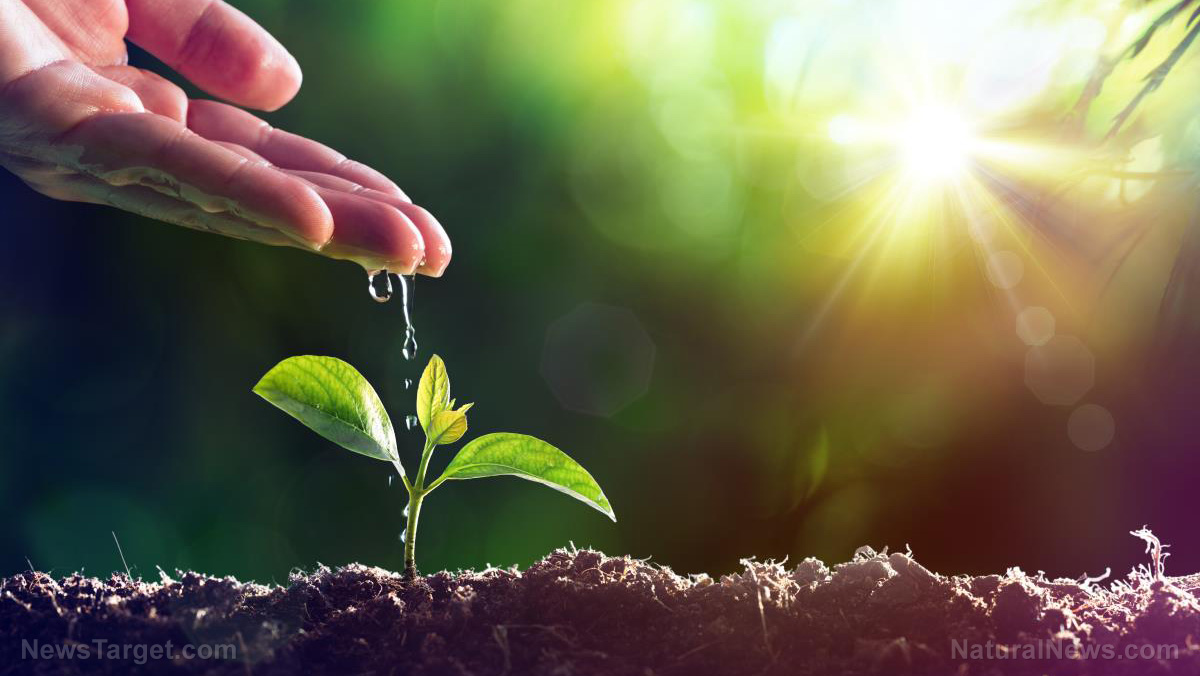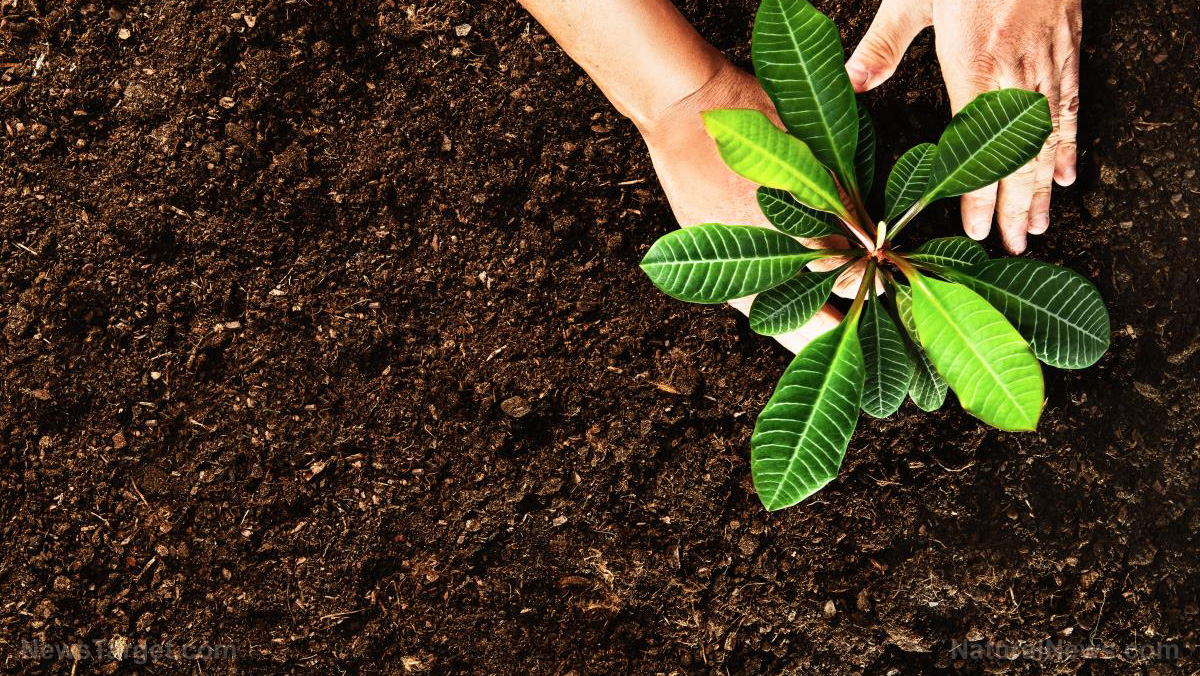
This perfect natural process ensures that flowers, which are especially valuable because of their fruit and pollen, are protected, while still attracting the right kinds of insects to feed on their nectar and pollen.
The process takes place in a way which strikes the perfect balance between the plant’s defense and reproduction needs.
By carefully controlling where the sweetest nectar is found – around the flowers – the plant attracts ants, which deter bothersome herbivores, while keeping the ants out of the flowers themselves, which instead lure insects that collect pollen.
The research team had been expecting to find high concentrations of nectar at the fruit and bud areas to attract ants, but had not thought to find such high levels around the flowers themselves, since ants and pollinators need to be kept separate to avoid conflicts.
“Offering sweet bribes in the form of nectar may be a strategy used by ant-plants to avoid conflict between ants and pollinators,” explained the lead author of the study, Nora Villamil-Buenrostro, of the University of Edinburgh's School of Biological Sciences. “This allows a trade-off in which plants are well defended by bodyguard ants, without these scaring away pollinators.”
This study once again illustrates how little we actually know about the millions of natural processes going on around us at any given time which keep our planet in perfect balance and harmony. The more humans interfere with these processes, insisting on the use of soil and plant destroying chemical fertilizers and insecticides, the more these delicate processes are endangered.
If only mankind could return to working in harmony with the Earth’s perfect design, we would reap the most possible benefits, while protecting our home’s fragile ecosystems.
Preserving the natural balance
A perfect example of how this can be accomplished is an emerging crop technology method known as biologicals, which utilizes natural plant and soil microbes to combat pests while increasing crop yields.
Farmers in the southern United States have already successfully implemented this natural method as a treatment on over 50,000 acres of cotton seeds.
Soil microbes occur naturally around the roots of plants, and help protect them against pests and disease. Some of these microbes, known as endophytes, can also be found inside the plant. Researchers are busy compiling a database of what each of these endophytes accomplishes, in order to use this natural “technology” in large-scale crop farming.
On a smaller scale, natural DIY pest control methods are cheaper and more effective than damaging chemical solutions for your garden. As an earlier Natural News article reported, the best way to prevent pests is to make your plants and soil as healthy as possible. “A healthy garden is the best defense.”
To that end, here are some tips for naturally improving the health of your garden:
- Weed out and get rid of weak or diseased plants.
- Use seaweed mulch, which contains many essential minerals and is a natural slug-repellent.
- Keep your garden clear of areas where insects can make their homes, like weeds and debris.
- Water your plants early in the day so that they can dry out quickly; moist plants attract insects, and can result in fungal damage.
- Clean your tools, garden gloves and shoes if you’ve been working in an area of the garden infested with bugs, otherwise you might inadvertently spread them over other areas.
Sources for this article include:
Please contact us for more information.























